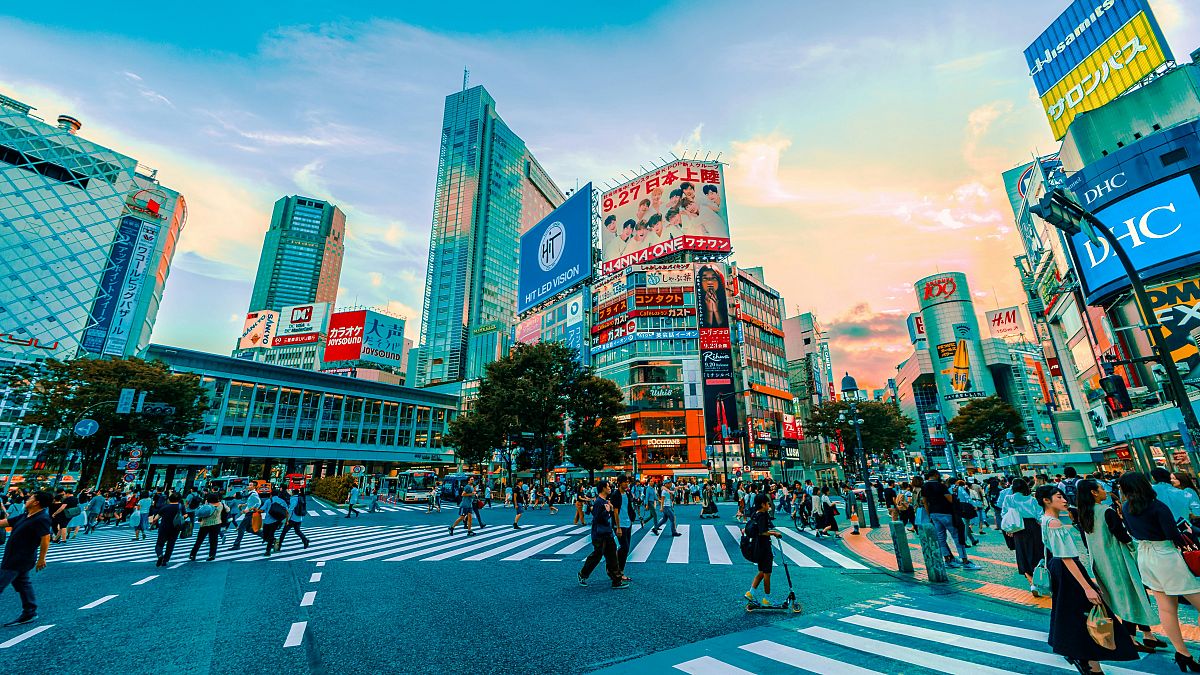Signs in busy areas will advise visitors not to stop suddenly or block walkways, to be aware of surroundings when taking photos and not to queue jump. Foreign tourists in Japan have been sparking anger among residents after a spate of disrespectful acts. A visitor from the US was arrested after he graffitied Tokyo’s Meiji Jingu shrine, a British man has been linked to a 13 million yen (€80,000) theft, and a Chilean tourist was videoed doing pull-ups on the gate of a shrine.
Such sensational misdemeanours are, thankfully, rare. But tourists can easily fall foul of behavioural expectations without even realising in Japan. “Due to differences in culture and customs, what may be ‘obvious’ etiquette for Japanese people may not always be the case for foreign travellers,” the Japan Tourism Agency (JTA) explains.
“While tourism demand is steadily recovering and on a strong growth trajectory, there are some areas where the occurrence of tourists' bad manners is becoming a problem.” The JTA has released new written and pictorial guides - with text in five languages - to promote respectful and responsible visitor behaviour. Here are some of the top etiquette rules and customs to be aware of.
To combat overcrowding, the JTA campaign advises to avoid hotspot destinations or attractions at peak times and instead sightsee on weekdays, in the early mornings, or at night to enjoy a more relaxed visit. Tourists are also asked to avoid sightseeing during rush hours when the loca.


















